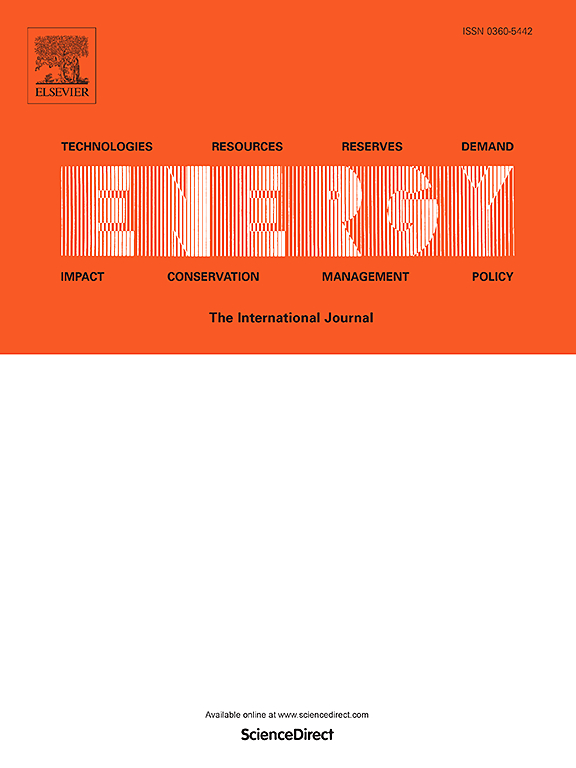一种新型电动汽车电池混合母线互连的热电分析
IF 9
1区 工程技术
Q1 ENERGY & FUELS
引用次数: 0
摘要
可靠和高效的母线连接对电动汽车电池的性能至关重要,但传统的连接方法很难连接铜和铝等不同的材料。本文研究了一种连接混合铜铝母线的新解决方案,使用一种称为孔边的技术,该技术无需加热或额外的元件。重点研究了封孔接头的热电性能。研究了两种结构:带分支和不带分支的关节。数值模型分析了薄片厚度如何影响温度、电流密度、电势和电阻,包括中心孔模型来研究孔夹杂效应。在材料条和单元格上进行了实验测试,以评估电阻随温度的变化以及焦耳加热对接头结构的影响。使用液压机进行压缩以改善接触,从而显著改善电阻(分支接头减少78%,无分支接头减少36%)。压缩前后的力学剪切试验结果表明,支节理的峰值剪切荷载为4.54 kN,位移为13.84 mm,无支节理的峰值剪切荷载略低。尽管压缩后的机械性能略有下降,但接头的热电性能的改善超过了这一点。研究结果强调了孔边接头在增强混合母线连接方面的巨大潜力。本文章由计算机程序翻译,如有差异,请以英文原文为准。
Thermal-electrical analysis of a novel interconnection for hybrid busbars in electric vehicle batteries
Reliable and efficient busbar connections are critical for electric vehicle battery performance, yet conventional joining methods struggle with joining dissimilar materials such as copper and aluminum. This paper investigates a novel solution for joining hybrid copper-aluminum busbars using a technique called hole hemming, which eliminates the need for heating or additional elements. The focus is placed on the thermal-electrical performance of hole-hemming joints. Two configurations are studied: joints with and without branches. Numerical models analyse how sheet thickness affects temperature, electric current density, electric potential, and resistance, including models with cantered holes to study hole inclusion effects. Experimental tests are conducted on material strips and unit cells to assess electrical resistance changes with temperature and the effect of Joule heating on joint configurations. Compression using a hydraulic press is applied to improve contact, leading to significant electrical resistance improvements (78 % reduction for branched joints and 36 % for branchless ones). Mechanical shear tests before and after compression show a peak shear load of 4.54 kN and 13.84 mm displacement for branched joints, with slightly lower values for branchless joints. Despite a minor decrease in mechanical performance after compression, the improved thermal-electrical performance of the joints outweighs this. The findings highlight the promising potential of hole-hemmed joints for enhancing hybrid busbar connections.
求助全文
通过发布文献求助,成功后即可免费获取论文全文。
去求助
来源期刊

Energy
工程技术-能源与燃料
CiteScore
15.30
自引率
14.40%
发文量
0
审稿时长
14.2 weeks
期刊介绍:
Energy is a multidisciplinary, international journal that publishes research and analysis in the field of energy engineering. Our aim is to become a leading peer-reviewed platform and a trusted source of information for energy-related topics.
The journal covers a range of areas including mechanical engineering, thermal sciences, and energy analysis. We are particularly interested in research on energy modelling, prediction, integrated energy systems, planning, and management.
Additionally, we welcome papers on energy conservation, efficiency, biomass and bioenergy, renewable energy, electricity supply and demand, energy storage, buildings, and economic and policy issues. These topics should align with our broader multidisciplinary focus.
 求助内容:
求助内容: 应助结果提醒方式:
应助结果提醒方式:


